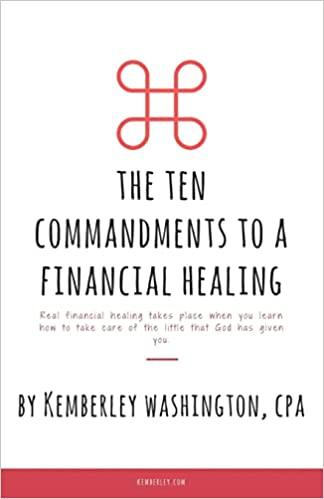Question
Refer the table below on the average excess return of the U.S. equity market and the standard deviation of that excess return. Suppose that the
Refer the table below on the average excess return of the U.S. equity market and the standard deviation of that excess return. Suppose that the U.S. market is your risky portfolio.
| Average Annual Returns | U.S. Equity Market | ||||||||||||||||||
| Period | U.S. equity | 1-Month T-Bills | Excess return | Standard Deviation | Sharpe Ratio | ||||||||||||||
| 19272018 | 11.77 | 3.38 | 8.34 | 20.36 | 0.41 | ||||||||||||||
| 19271949 | 9.40 | 0.92 | 8.49 | 26.83 | 0.32 | ||||||||||||||
| 19501972 | 14.00 | 3.14 | 10.86 | 17.46 | 0.62 | ||||||||||||||
| 19731995 | 13.38 | 7.26 | 6.11 | 18.43 | 0.33 | ||||||||||||||
| 19962018 | 10.10 | 2.21 | 7.89 | 18.39 | 0.43 | ||||||||||||||
a. If your risk-aversion coefficient is A = 4.9 and you believe that the entire 19272018 period is representative of future expected performance, what fraction of your portfolio should be allocated to T-bills and what fraction to equity? Assume your utility function is U = E(r) 0.5 A2. (Do not round intermediate calculations. Round your answers to 2 decimal places.)
b. If your risk-aversion coefficient is A = 4.9 and you believe that the entire 19731995 period is representative of future expected performance, what fraction of your portfolio should be allocated to T-bills and what fraction to equity? (Do not round intermediate calculations. Round your answers to 2 decimal places.)
Step by Step Solution
There are 3 Steps involved in it
Step: 1

Get Instant Access to Expert-Tailored Solutions
See step-by-step solutions with expert insights and AI powered tools for academic success
Step: 2

Step: 3

Ace Your Homework with AI
Get the answers you need in no time with our AI-driven, step-by-step assistance
Get Started


